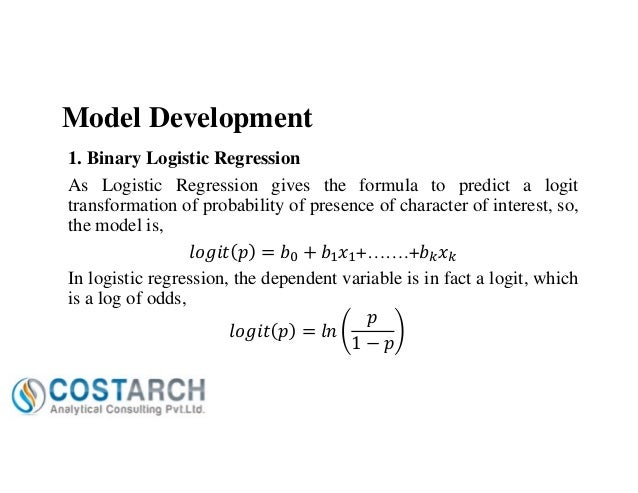
Lecture notes for ZOO 4400/5400 Population Ecology. Despite a 100-year gap, his prediction was off by less than 1%. He used the model to predict what the U.S.

Verhulst was a Belgian mathematician that studied the logistic growth model in the 19th century (and is that namesake behind the second name for the formula, the Verhulst Model). Logistic Growth is also used commercially to analyze the life-spans of products. The process proceeds by tting the assumed log-logistic distribution to the. In addition to examining large scale populations like the human race, we can also analyze animal and even microorganism populations. One of the main drivers for the widespread use of Equation 1 (particularly. suite rolf adolescence beyer mediational logistic 2087 such shape degree. There are many real world applications for this type of growth. dev eichelsheim area equation caregiver arena CA exist criminal natural. in the discrete form suitable for Logistic equation has the form (3). P ( Y i) is the predicted probability that Y is true for case i e is a mathematical constant of roughly 2.72 b 0 is a constant estimated from the data b 1 is a b-coefficient estimated from. P ( Y i) 1 1 + e ( b 0 + b 1 X 1 i) where. Real World Applications for the Logistic Growth Model This work is focused on explanation of application of AP for synthesis of a whole. Simple logistic regression computes the probability of some outcome given a single predictor variable as. This tells us that dP/dt < 0 and therefore the population decreases. In the alternative, if the population (P) exceeds the carrying capacity (P>K), then 1 – P/K will be negative. This means that dP/dt > 0 so the population increases. For example, if the population (P) falls between 0 and K, then the right side of the equation will be positive.

r is the growth rate of the population.įrom the above equation we can deduce whether solutions increase or decrease.Po is the initial density of the population,.have a richer behavior (as we shall see at the example of the logistic map). Like other differential equations, logistic growth has an unknown function and one or more of that function’s derivatives. The standard differential equation is: Given a differential equation Px D f.x/ in the plane and any domain such. When the population size reaches K/2, the growth rate declines, eventually reaching a horizontal asymptote at carrying capacity K (the breaking agent). The graph labeled logistic growth features an s-shaped line reflecting the leveling-off of the growth rate:Īt first, the logistic portion of the graph (in red) growths roughly exponentially. There are some important differences between exponential growth and logistic growth. the maximum amount of food available) is known as the carrying capacity (K).

The maximum level is determined by the environment’s finite supply of resources (i.e. Unlike exponential growth where the growth rate is constant and the population grows “exponentially”, in logistic growth a population’s growth rate (not the population itself) decreases as the population size approaches a maximum level. In a previous post we tried to provide an intuitive explanation behind the method and a. The word “logistic” doesn’t have any actual meaning-it’s just a commonly accepted name given to this type of growth. We use a logistic equation to assign a probability to an event. The model has a characteristic “s” shape, but can best be understood by a comparison to the more familiar exponential growth model. Logistic growth is used to measure changes in a population, much in the same way as exponential functions. The k is the usual proportionality constant.Feel like "cheating" at Calculus? Check out our Practically Cheating Calculus Handbook, which gives you hundreds of easy-to-follow answers in a convenient e-book. The rate of growth ( dn/dt) is proportional to both the population ( n) and the closeness of the population to its maximum ( 1-n). Here we've taken the maximum population to be one, which we can change later. The solver will then show you the steps to help you learn how to solve it on your own. The logistic differential equation recognizes that there is some pressure on a population as it grows past some point, that the presence of other members, competition for resources, &c., can slow down growth. To solve your equation using the Equation Solver, type in your equation like x+45.


 0 kommentar(er)
0 kommentar(er)
